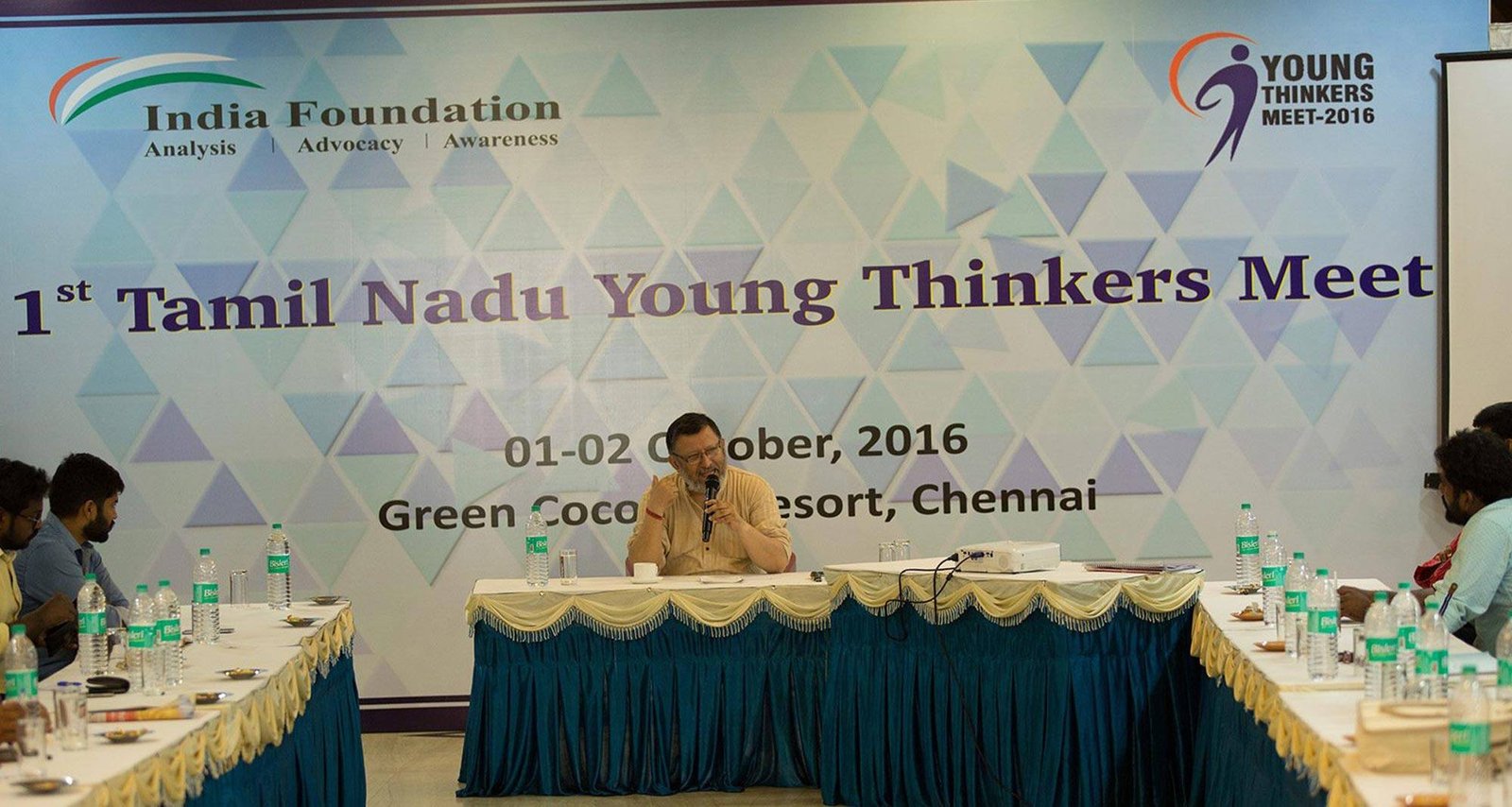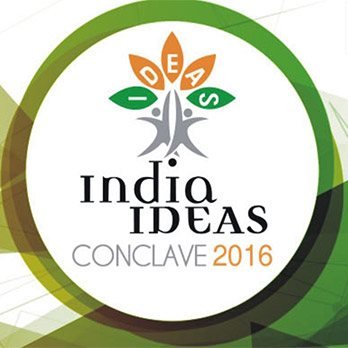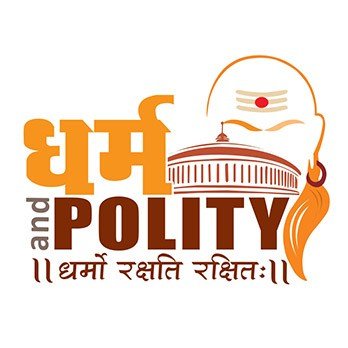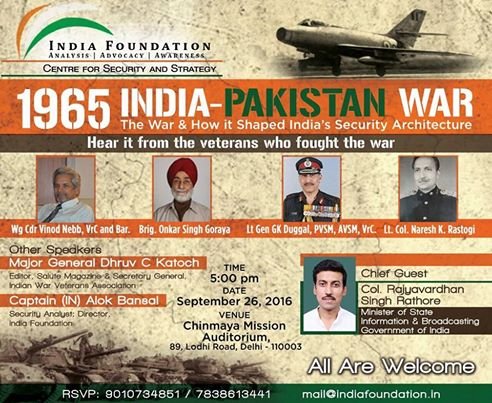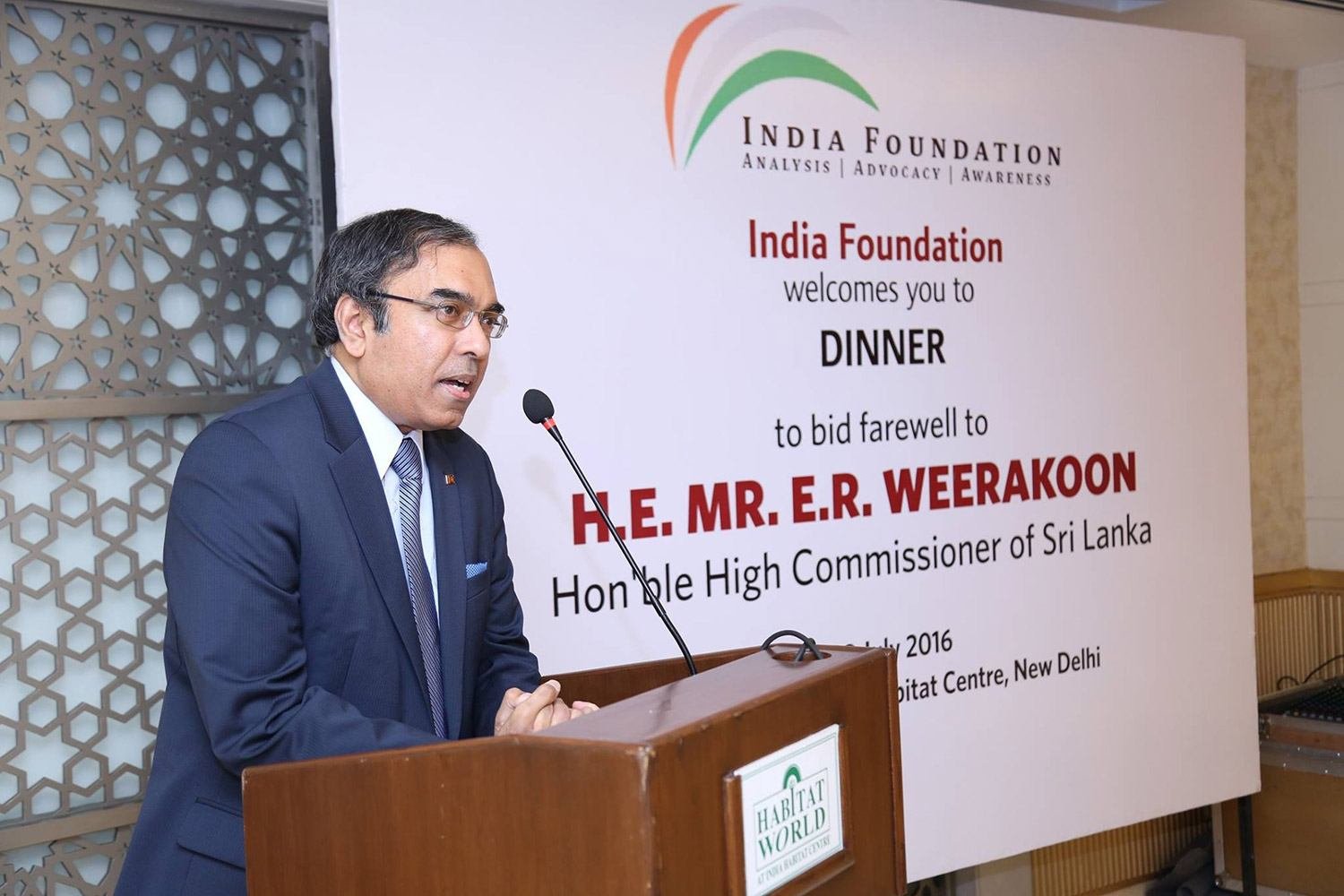Introduction
As of 2016, the five BRICS countries represent over 3 billion people, or 42% of the world population. All five members in BRICS are in the top 25 of the world by population, and four are in the top 10. China is now the ‘factory of the world’ and has risen to become the world’s second largest economy. Brazil is a major exporter of myriad natural resources. Being a leader in defence manufacturing, petroleum products and permanent member of the United Nations Security Council (UNSC), Russia holds an enviable position in global affairs. South Africa is seen as a gateway to the African continent. As the fastest growing economy, India is now the most sought after destination for foreign investors; its domestic market has recently joined the consumption bandwagon, paving the way for a robust future. BRICS has become a near universal financial term. Jim O’Neill could not have been more accurate with the prediction he made in 2001.
While all these countries have enjoyed phenomenal growth (China since the 1980s and all of them from the beginning of this millennium), there is another aspect of governance that affects BRICS: the curse of stark inequality in BRICS’ societies. Economic growth alone has failed to eliminate poverty. Crash in prices of natural resources has unleashed a crisis in Russia and Brazil. China is grappling with a slowdown for the first time in three decades and its debt problem could lead the next cycle of global economic recession. This puts at the risk the future of a billion plus people who are on the brink of poverty. However, India appears to be an outlier. This article throws light on the holistic efforts undertaken by India to ensure inclusive growth.
India’s economic liberalisation began 25 years ago owing to the extraordinary leadership skills of the then Prime Minister, P.V. Narasimha Rao. He unleashed market linked reforms and reduced the power of the state despite strong opposition within his own party. A decade down the line, Atal Behari Vajpayee as the Prime Minister undertook sector wise reforms, from telecom to infrastructure. This enabled India’s growth, spearheaded by forces of financial, technological and trade globalisation. India’s corporate sector rose up to the challenge and took on global giants, even acquiring assets in developed economies. As a result, a strong middle class emerged in the country. With the growth in revenues, governments introduced several pro-poor schemes. In 2014, Narendra Modi won the General Elections with a promise of running an administration that cares for the interests of both rich and poor alike. ‘Sabka Saath, Sabka Vikas’ was the election slogan. The effort has been to plan and implement welfare schemes efficiently. This presents interesting lessons in inclusive growth and sustainable development for the societies and economies of BRICS countries.
J-A-M Trinity
One of the most important aspects of development is financial inclusion. A cash economy hurts the poor the most. For masses to reap the benefits of economic growth, access to formal banking is an absolute necessity. India embarked on achieving this via bank nationalisation in 1969, but the goal of a bank account for all has been achieved only now in 2016.
Financial inclusion was attempted through a targeted drive by the Union Government under the banner of ‘Pradhan Mantri Jan Dhan Yojana’. The task was to enrol 75 million households under the ambit of formal banking. The bank accounts opened under this scheme came with a zero balance facility, a life insurance cover and a debit card. This meant that people at the bottom of the economic pyramid – micro entrepreneurs and daily wage labourers – could safely deposit their money, avail government schemes and apply for a loan at a lower interest rate than charged by local money-lenders. Also, the Accidental Insurance Cover at a cost of 1 Rupee a month comes across as a major safety net for the poor. Beginning with near zero deposits in ‘Jan Dhan’ accounts, in May 2016, India had around $6 Billion in these accounts.
The second initiative towards financial inclusion was ‘AADHAR’, a Unique Identity Number and Card that contained all the details of every resident of India. Aadhar was started in 2009 under the leadership of Ex-CEO of Infosys, Nandan Nilenkani, who was keen on harnessing technology for socio-economic development. Having understood its importance, the Government, in 2016, legislated it as an Act, thereby granting it legal sanctity. The Act itself is named ‘THE AADHAAR (TARGETED DELIVERY OF FINANCIAL AND OTHER SUBSIDIES, BENEFITS AND SERVICES) ACT’. With a fool-proof identification system in place, the Government has begun to seamlessly transfer subsidies directly into the bank accounts of beneficiaries. The distribution of LPG Cylinder subsidy is now completely on this platform. Prime Minister Modi even made a clarion call to rich/middle-class people to give up that subsidy. Millions responded positively. These efforts have resulted in annual saving of more than $2 Billion for the Government .
The third pillar of growth has been ‘Mobile’. There are close to a billion active mobile connections in India. Tele-density is over 80%. Around 400 Million people are already using internet on mobile. Half of them use it on smart phones. These statistics reveal the plethora of opportunities for achieving financial inclusion and e-governance. National Payments Corporation of India has developed Unified Payments Interface which would take the power of smart phones to its next level, making instant money transfers an every-minute possibility. Moreover, many start-ups are building financial products specifically aimed at the lower middle class and the poor. Whether it is through keeping gold as collateral or assessing the credit worthiness of a customer using digital data, millions at the bottom of the pyramid are being provided with timely finance by private lenders swiftly and at affordable rates. The Reserve Bank of India has also granted license for Payments Bank. No surprises that PayTM, a mobile wallet platform, has usurped the market.
With majority of people in formal banking system and the power of technology, India is in a position to go ahead with Direct Cash Transfer across a host of sectors and regions. With subsidies costing around 3% of the GDP, and historically billions being lost to corruption, J-A-M is setting the foundation for a robust future.
Agriculture
Since independence, agriculture was subjected to the most minimal reforms. While cruising on the backbone of growth in manufacturing and services, governments generally neglected agriculture. Over 50% of India’s population is dependent on a sector that contributes just around 16% of the GDP. To overcome the problems, the Finance Minister in the Union Budget for the year 2016-17 assured to double agriculture income by 2022. A slew of measures have been initiated.
First, Minimum Support Prices are being increased each year. This is a major incentive. Secondly, for products which government does not procure, farmers have been given direct access to consumers by doing away with the compulsion to sells their produce via controlled markets only. This has resulted in higher earnings for the farmers and lower prices for the consumers. Third, insurance for crops have been introduced at bare minimum prices. Fourth, irrigation facilities have been expanded. With many states in the country being drought prone, crop insurance and better irrigation are extremely important for marginal farmers. Finally, network of cold storage units have been strengthened, allowing farmers to store their produce and sell at opportune times.
These measures have been supplemented with the use of technology. Updates on weather and crop prices help farmers to make informed choices. With a normal monsoon this year, Indian farmers are already staring at a bumper harvest. Most importantly, the sowing of pulses has increased at a staggering rate. This proves that incentives and information provided by the government are working, and will further reduce inflation.
Micro and Small Medium Enterprises
There are around 58 Million Micro Enterprises in India. They along with the informal sector generate 9 out of every 10 jobs. Yet, they were denied credit by mainstream banks. Hence, the government introduced the MUDRA Bank. While ‘Banking for the Unbanked’ was achieved through ‘Jan Dhan’, MUDRA Bank was about ‘Funding the Unfunded’. A “Made in India” innovation for funding micro business, it registers, regulates and refinances all small business finance institutions. With close to $20 Billion being disbursed each year to small entrepreneurs and self employed, MUDRA Bank is unleashing inclusive growth better than anything else .
Labour
India has the unenviable task of improving the status of present workers and generating 500 million jobs over the next decade. The government is using a multi-pronged approach to achieve the targets. Firstly, it has emphasised the need for growth in the manufacturing sector in the GDP through ‘Make in India’. While promoting Indian entrepreneurs to grow, MNCs are also being lured to invest in India and transfer technology. Secondly, a separate Skill Development Ministry has been formed to facilitate the training of a million plus youth each year. All types of skills and trades are being encouraged. Third, workers in the informal sector are being ushered in to a safety net through voluntary pension and healthcare schemes. Fourthly, apprenticeships are being pushed in the corporate sector.
Slowly, yet steadily, draconian labour laws are being amended to enable the creation of enterprises that employ hundreds of workers in a single unit. For decades, India has been home to millions of companies that are merely dwarfs.
Infrastructure
When the new regime took over in 2014, 18000+ villages in India were yet to experience electricity. So far almost 25% of those villages have received power and by 2020 every home in the country would get electricity. Rural roads are being laid at a fast-pace alongside the network of national highways. Railway services are being extended to the remotest part of the country. The number of trains and their speed is being systematically increased.
With close to 40% of the population now living in urban areas, housing for poor remains a concern. It is being addressed through large scale affordable real estate development subsidised by the government. Also, through the new Land Acquisition Policy, owners are compensated with at least 3 times the market price by the government. This trade-off gives the state land for infrastructure development and earns a hefty sum to those who wish to exit agriculture.
The government is ushering in a bottom-up revolution rather than simply pursuing the easier top-down approach. Prime Minister Modi has stated on record that he does not follow any particular economic ideology and has made pragmatism the mantra of his regime. This means that the government is ready to accept suggestions from all sections of the intellectual spectrum and pursues policies because it benefits the masses. For inclusive growth, this ideological flexibility is an absolute necessity.
India and BRICS
When BRICS was first conceptualised as a bloc that would lead the global economic growth march, and subsequently became a multilateral platform for cooperation across sectors, it seemed natural for India to be a part of it. With each country in the group, India shared a strong bond already. India borrowed the idea of socialism from erstwhile Soviet Union. Over the years it became a major supplier of defence products. Despite being a founder of NAM, India tilted towards the Soviet Union during the Cold War. Close ties with Russia have continued. Brazil is a gateway to Latin America.
China being a neighbour became an inseparable part of national discourse in India. Its miraculous growth led to a deluge of manufactured goods exports to India. Though miniscule in comparison, India in turn exported natural resources such as iron ore to support the massive infrastructural development in China. Cricket, Commonwealth, Migration, Trade, Sea-Route and the message of peace championed by Gandhi-Mandela have strengthened India-South Africa relations ever since independence.
With the growth of internet and global capital flows, India’s ties with BRICS blossomed. India’s trade with China stands at $60 Billion Dollars, second only to the United States which is at about $100 Billion Dollars. Even though the ‘Make in India’ campaign seeks to change the dynamics, as of now almost every smart phone bought in India is manufactured in China. Chinese exports of products, ranging from steel to firecrackers, at ultra-cheap rates are a cause of major concern for Indian policymakers and corporates. In the case of Brazil, the growth is significant. Major Indian multinationals such as Infosys, Wipro, Mahindra, Birla Corp, Reliance Industries, etc have set up base in the country. India is now gaining confidence that it can do business in Latin America, courtesy the success in Brazil. There are similar story repeats in the case of South Africa and Russia.
The relations between India and the other countries of BRICS do not stop at trade and business. There is the governance and people angle as well. Tourism is rising at an exponential rate between the countries. Russia, South Africa and China are today favoured destinations for Indians. The drastic fall in air fares and increased connectivity via West Asia is enabling Indians to consider travelling to Brazil for leisure. It is reciprocated by growth in tourists visiting India as well. At the same time, inter-governmental coordination is improving. China presents a role-model for development of infrastructure, especially in urban areas. India’s Smart-City Mission is relying heavily on the Chinese success stories. So is the case with the ease of doing business. And the learning is quick. India saw the fastest rise among BRICS nations in WEF’s latest Global Competiveness Index. ‘Bolsa Familia’ and other similar programs in Brazil were used to make a case for cash transfers in India. Sportsis another area of cooperation gaining attention.
Finally, China and Russia being permanent members of UNSC, and significant geo-political powers individually, India has used the BRICS platform to further its cause on important matters such as the Anti-Terrorism agenda and nuclear policies. India’s attempt to lead the Climate Change negotiations and International Solar Alliance too gathered momentum owing to its presence in BRICS. India also won the right to Presidency for the first six years of BRICS New Development Bank, signalling a major shift in global economic diplomacy.
Conclusion
Questions will be raised as to how India sets an example in ensuring inclusive growth when its per-capita income is significantly less than the rest of BRICS and it still grapples with a lot of challenges. The answer is in the foundation of the success of BRICS nations. Russia’s per-capita income rose 10 times in the decade beginning 2000. This was possible solely on account of oil exports. With oil prices falling to levels below $50, it spells doomsday for the Russian economy. Despite not having nurtured globally competitive manufacturing companies, Russia boasts of a high number of billionaires. Similar story repeats itself with Brazil which grew due to boom in prices of all natural resources. Today it is experiencing political crisis and inflation is unsustainably high.
Leaders of both the countries assumed that the boom would continue forever and framed welfare policies accordingly. The macro-economic uncertainty hits the poor people the hardest. ANC’s vote share in local elections in South Africa was the lowest since the end of Apartheid. This is a sign of growing disenchantment with the government on account of unsatisfactory economic performance.
China’s story though has been miraculous. Thirty years of consistent boom in the economy is a new benchmark in economic growth. However, it has been led by a Communist State which does not believe in transparency. As a result, no foreign agency can certify its financial health. China has always spent its way out of misery. This is no longer possible as excess infrastructure expenditure has led to creation of ghost cities. Rising wages are prompting investors to relocate factories elsewhere. Inflation and unemployment can lead to social unrest. When China’s authentic debt data is published, it could spiral into another global crisis. China cannot take its growth for granted anymore.
This is where India is different. Macroeconomic stability is of utmost importance to the Government. There is every effort being made to efficiently deliver welfare schemes. Even though social sector spending is humongous, the fiscal deficit is under control. Government and central bank have together successfully tamed inflation. Private as well the public sectors are strong. Regulations of the financial markets are based on global standards, thus ensuring credibility. Domestic market demand makes up for the dip in export, if any. All sectors of the economy are being promoted, be it agriculture or services.
These measures mean India’s economic growth can be sustained at a high level for decades and that growth would be inclusive. With per-capita income just around $2000, the potential for the future is tremendous. India is celebrating 25 years of reforms and is preparing ground for further liberalisation. It is not basking in the limelight of past successes alone.
Untiring efforts are being put to improve our performance on ease of doing business, competitiveness, innovation, reducing corruption, etc. If BRICS has to be sustained for long, the countries would have to recognise the strengths of their society and economy; rather than being forever dependent purely on foreign factors for growth. This is a new India’s story.
*The author is Officer on Special Duty (Investment Promotion Board) to the Chief Minister of Goa.
This is an adapted excerpt of a talk delivered at the One Day national Seminar on ‘Brick-Upon-Brick, For a Stronger ‘BRICS’: Challenges and Opportunities’, hosted by the Centre for Latin American Studies, Goa University with the International Centre, Goa, August 12, 2016

